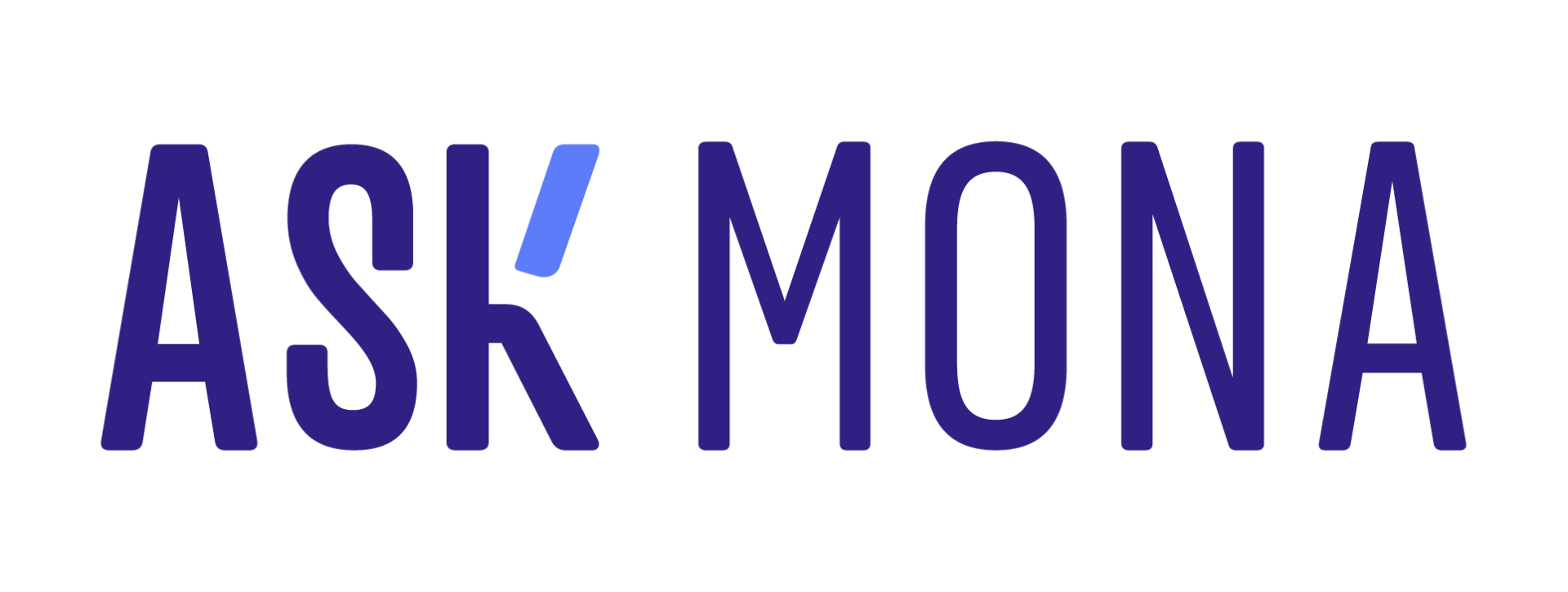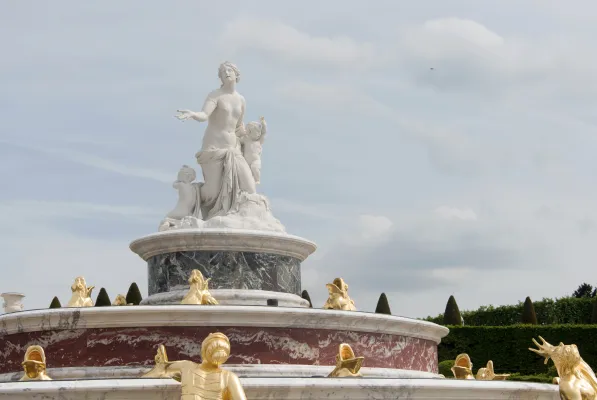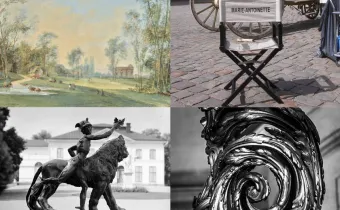An alternative approach to discovering heritage
An intuitive web interface means that visitors walking around the gardens can scan a QR code by a statue and launch an audio conversation with twenty masterpieces in the gardens of the Palace of Versailles. Visitors will then be redirected to the Palace of Versailles app where they will be able to actually engage in conversation with the statue using artificial intelligence.
Each conversation will reveal anecdotes, historical facts and little-known secrets to enrich visitors’ exploration of the grounds and their understanding of the largest open-air museum of statuary. The giant in the Enceladus Grove, the Latona Fountain, and Milo of Croton will answer visitors’ questions.
revolutionising cultural experiences
This experience is based on a unique synergy between the expertise of three major innovation and heritage players. OpenAI uses its Realtime technology to produce instant natural spoken interactions in the form of seamless, immersive conversations. This advanced technology is supplemented by the expertise of Ask Mona, which specialises in identifying, organising and showcasing historic sources.
Pierre-Hippolyte Pénet, Chief Heritage Curator responsible for architecture, sculptures and decorative schemes at the Palace of Versailles, has worked closely with Ask Mona to select and organise these historic sources and to ensure that the information shared with visitors in the first experience of this kind in the world is relevant and authentic.
a better perception of visitor expectations
In addition to interacting with the artworks themselves, this technology will offer a better understanding of visitor expectations. The questions visitors ask the AI tool will make it possible to create a personalised tour tailored to individual preferences. This initiative, which will be available until winter 2025, invites everyone to see Versailles in a new light, as past and present engage in conversation using artificial intelligence.
an innovative partnership
The Palace of Versailles
Ever since it was first built, the Palace of Versailles has had a close relationship with scientific innovation and is still a leading centre for experimentation and discoveries. Armed with its scientific expertise and supported by technology partners, the Palace of Versailles has been refreshing its visitor experience for a number of years with virtual and immersive exhibitions, augmented and virtual reality, and even gaming.
“Scientific innovation is an integral part of the history of the Palace of Versailles. From its construction to the first balloon flights, Versailles has always been at the forefront of major advances in all fields. Following on from the rollout of augmented reality with Ubisoft and Google Maps, the Palace of Versailles is now trialling artificial intelligence, whose extraordinary capabilities will hugely enrich our visitor experience.”
Christophe Leribault, President of the National Palace, Museum, and Estate of Versailles

Ask Mona was founded in 2017 and is a technology company pioneering the use of artificial intelligence in sectors where AI meets curiosity. Its mission is to facilitate access to knowledge and to augment insights about visitors in order to achieve a better understanding of their expectations. Ask Mona designs AI agents that can interact with users in a variety of contexts in culture, tourism, education, and retail settings.
Its solutions are used by institutions and organisations in Europe, North America and Asia to offer more seamless, personalised and accessible experiences. Ask Mona has developed technology that allows its partners to provide data for AI agents using large language models (LLM), by linking them to their own content in the form of collections, and educational, editorial and documentary resources. This approach guarantees contextualised, trustworthy answers aligned with
partners’ values and vision.
In parallel, the platform provides in-depth analysis of conversations, which generates insights into user expectations and can augment strategic thinking. Ask Mona is convinced that artificial intelligence can inspire curiosity, broaden access to knowledge and help institutions to establish new connections with their users. It leverages AI for positive transformation for everyone exploring, discovering, learning and sharing information.
“At Ask Mona, we are convinced that artificial intelligence can transform access to knowledge and enrich cultural experiences. By letting visitors converse in real time with the statues and fountains in the gardens, our partnership with the Palace of Versailles and OpenAI offers a new way to discover heritage. Visitors can explore the gardens at their own pace, ask their own questions, and enjoy a personalised discovery experience. This approach not only enriches the tour, but also reveals unexpected stories that make this a unique experience for each visitor.”
Marion Carré, Co-Founder and President of Ask Mona

OpenAI is an artificial intelligence research and deployment company whose mission is to ensure that artificial intelligence benefits the whole of humanity. OpenAI develops advanced AI technologies that are now widely used in the education, health, industrial and services sectors.
OpenAI, which is renowned for its research excellence and large-scale engineering capabilities, champions responsible, transparent and safe artificial intelligence. The company actively collaborates with governments, institutions, businesses and researchers worldwide to find new uses for AI, ensure accessibility, and promote its long-term positive impact.
OpenAI believes that artificial intelligence can play a key role in showcasing, facilitating and communicating cultural heritage. It joins forces with cultural stakeholders to design more interactive, personalised and inclusive experiences. By facilitating access to knowledge, enriching visitor tours and supporting creativity, AI redefines the relationship between visitors and cultural institutions while respecting their educational mission and identity.
“OpenAI is honoured to be working with the Palace of Versailles and Ask Mona to create new and enriching cultural experiences . By integrating our Realtime technology, we can let visitors converse in a natural and immersive way with history and bring the iconic statues and fountains of Versailles to life. This innovative project demonstrates that artificial intelligence can transform the way in which we interact with our heritage by creating a living link between the past and the future.“
Julie Lavet, Parternships Lead, Open AI
Versailles, the biggest open-air museum of statuary
The design of the gardens at Versailles commissioned by Louis XIV from André Le Nôtre extends the architectural lines and perspectives of the Palace to majestic effect. Art and nature work as one to create a verdant companion piece to the royal residence with which the gardens are inextricably connected.
In 1664, Louis XIV assembled all the finest artists of his day to create decorative works for the gardens. Sculpture groups, allegorical figures, busts and vases —in marble bronze and lead —made this a beautiful space. This body of sculpted works evolved over the course of his reign under the influence of aesthetic trends and the sovereign’s political agenda. In the early years, the decoration in the garden comprised elements depicting mythological evocations of love and pleasure, which reflected the festive aspect of Versailles. This was gradually replaced by iconography featuring Apollo, the sun god, who became the emblem of Louis XIV, and represented harmony and universal order.
In 1682, when the court took up permanent residence at Versailles, sculpture assumed a more obviously political function. The introduction of originals and copies of works from Antiquity aspired to make Versailles a “new Rome” and cement its status as a centre of power and a cultural model.
Versailles is the world’s largest open-air sculpture museum, with 824 sculptures on display on its paths
a sculpture reference base
An open access digital catalogue lists all the sculptures in the gardens of Versailles and Trianon. It includes not only works currently on display, but also those which have disappeared or been relocated. The catalogue lists 596 sculptures in total.
An interactive map shows the precise location of every sculpture in the estate. Each entry provides access to a complete record including the sculpture’s name, its location, a description, and other key data which is essential for understanding the work.
See the website: sculptures-jardins.chateauversailles.fr





